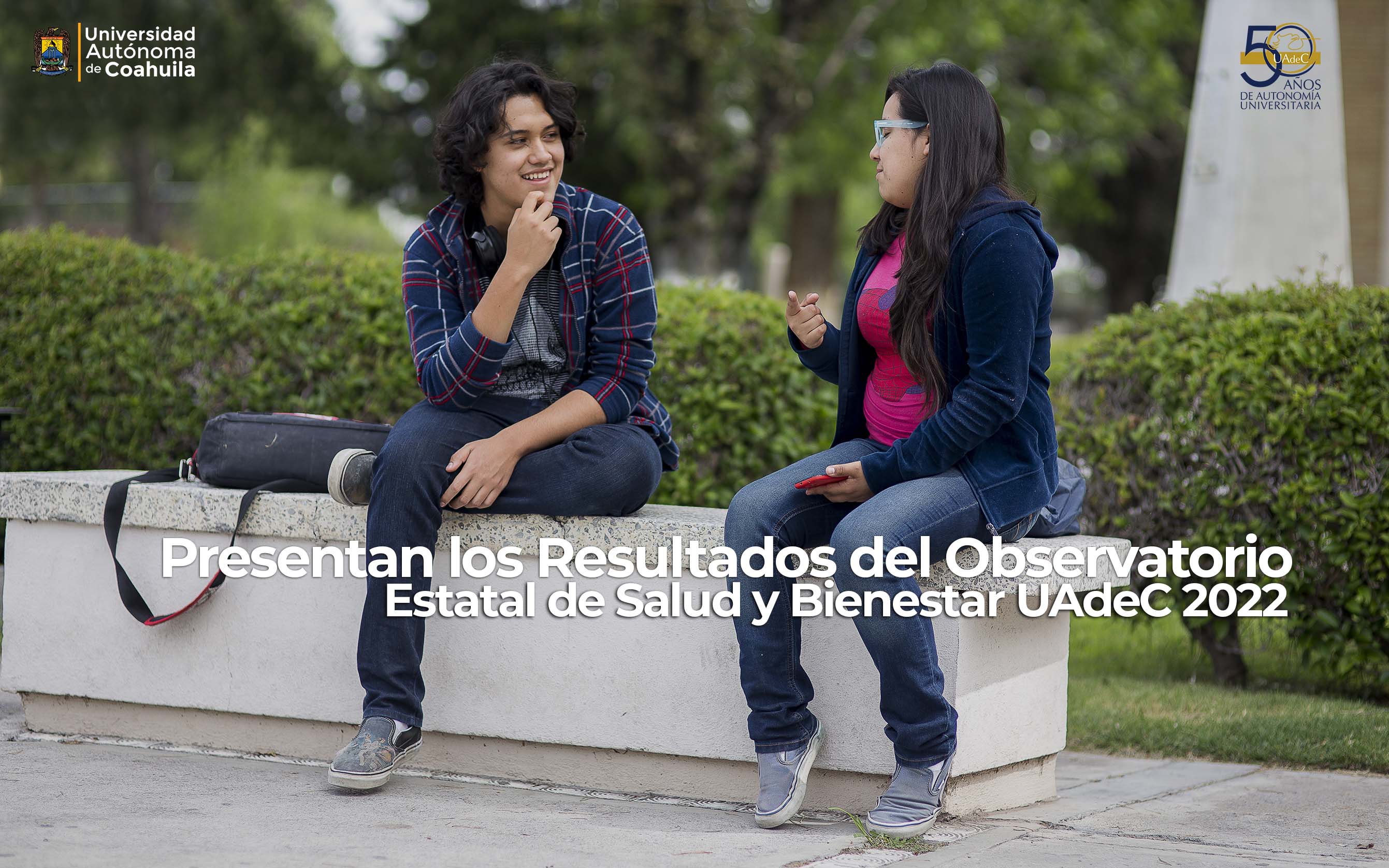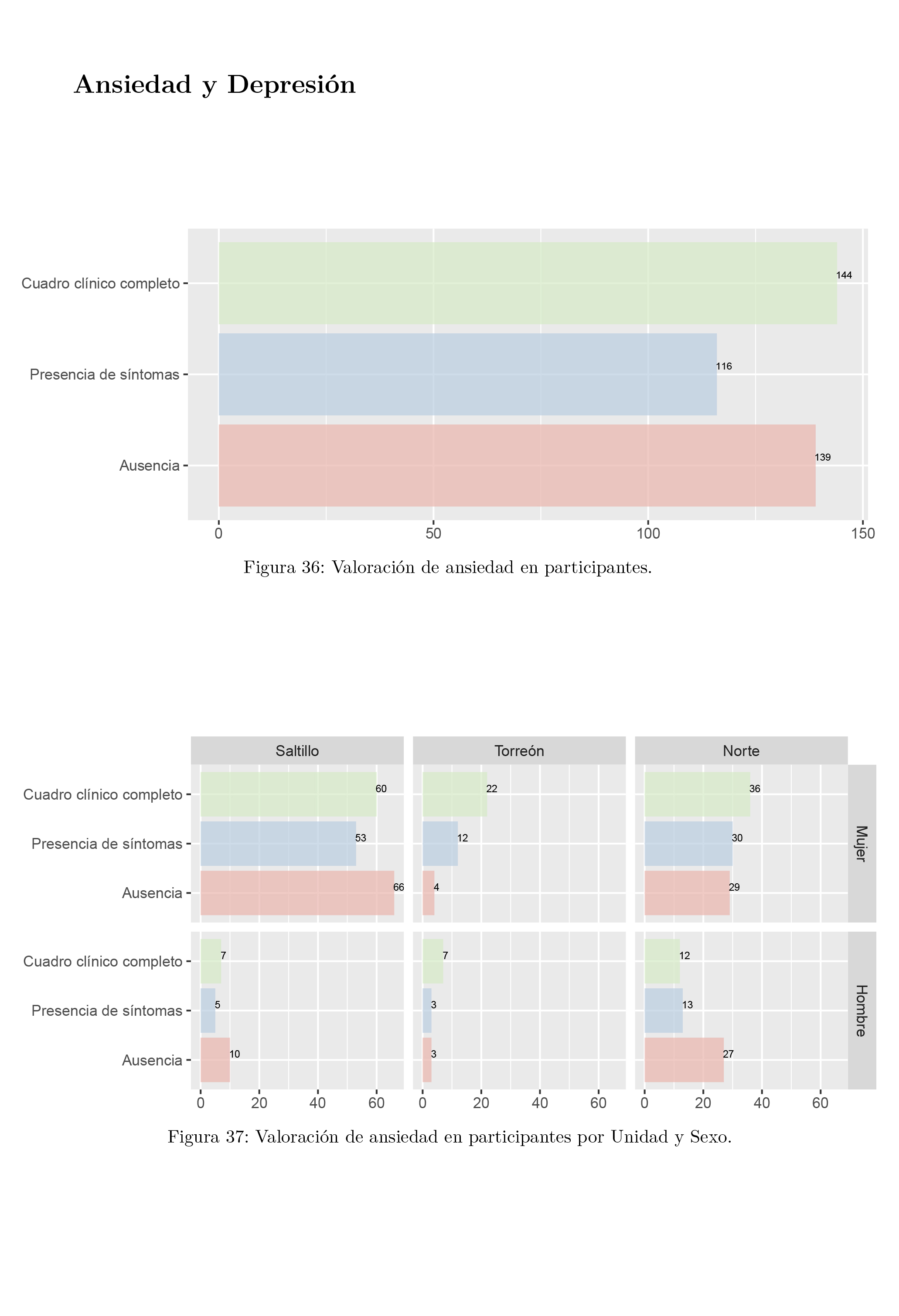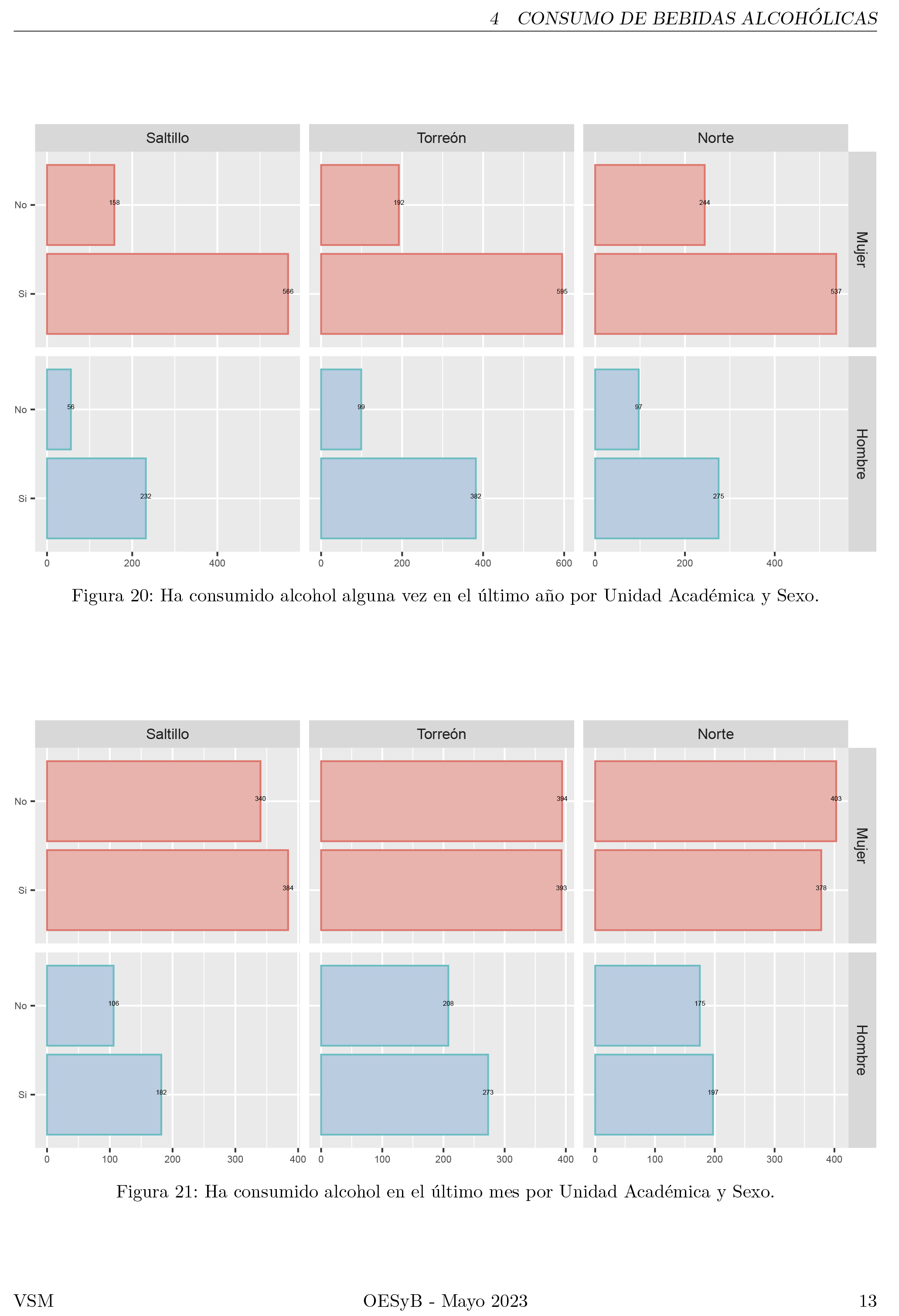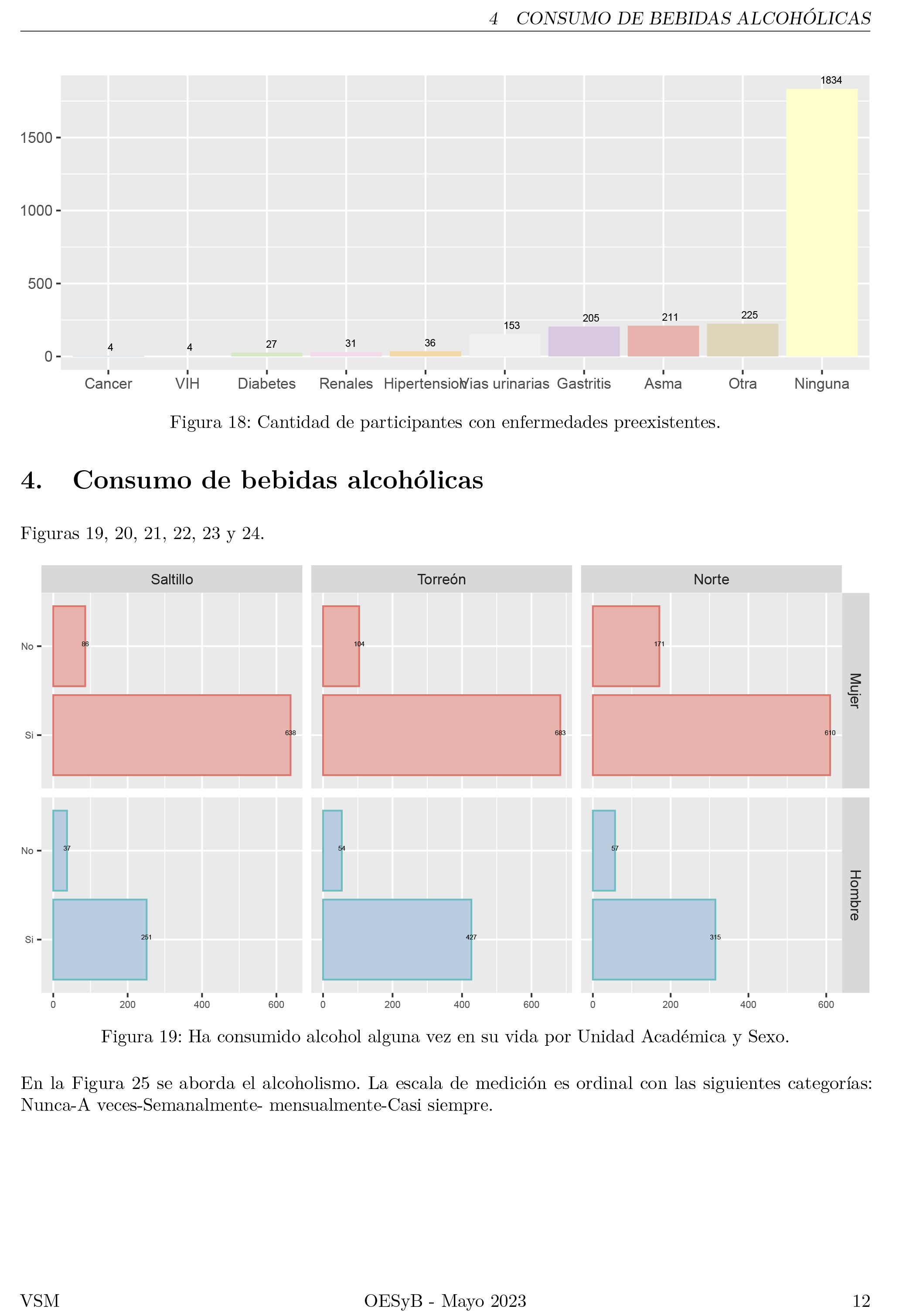
The Autonomous University of Coahuila has published the results of the UAdeC 2022 State Observatory on Health and Wellbeing, which aims to evaluate and implement health and well-being strategies to generate resources and impact on society in the state of Coahuila.
This work was conducted in an interdisciplinary manner and included input from the Department of Psychology, Department of Dentistry, University of Texas Medicine, University of Texas Department of Nursing, US Department of Social Work, College of Community Sciences, United Nations System College, and Decker Involvement of faculty from the Biomedical Research Center at Sass University.
The overall goal is to assess the health and well-being of college students at UAdeC, with specific goals to: measure college students’ physical health, anthropometry, dengue and covid-19 indicators, mental health, anxiety, depression, substance use and assess physical and mental health, lifestyle, Factors related to health self-care, emotional intelligence, self-worth, perceptions and attitudes toward illness.
At the Observatory we worked with 3,433 university students, ranging in age from 18 to 63 years old, 67% female and 33% male, 288 men and 724 women from the Saltillo Unit participated in the study; Torre Weng unit, 481 men and 787 women; North District, 372 men and 781 women.
The instrument used was a survey which included a pre-existing disease section, mentioned abdominal circumference, detection tests for alcohol, tobacco and substance consumption, perceptions and attitudes towards dengue, lifestyle profile, Hospital Anxiety and Depression Scale, Emotional intelligence scale and self-care agency scale.
Participants were asked if they had pre-existing medical conditions. About 67% of participants had no diagnosed disease, and less than 1% reported illnesses such as cancer and HIV. On the other hand, diabetes, kidney disease, and hypertension Reported to have diabetes, kidney disease and hypertension. About 1% of the respondents said.
An average of 7% of the participants suffered from urinary tract diseases, ulcers, gastritis, digestive tract diseases, asthma, etc. Among the college students surveyed, 27 had diabetes, 36 had hypertension, and 211 had asthma. 153 people suffered from urinary tract disease, 31 suffered from kidney disease, 205 suffered from gastritis, 4 suffered from AIDS, 4 suffered from cancer, and 1,834 claimed to have no disease.
On the other hand, regarding alcohol consumption, in the Saltillo unit, 50 women said they drank monthly, 81 women drank weekly, 396 sometimes and 146 never, and men 33 monthly and 55 weekly names, sometimes 114, never 57; in Unidad Torreón, 64 women said monthly, 79 weekly, sometimes 372, never 195; men 51 monthly, 85 weekly , sometimes 194 times, never 101 times.
In the North District, 60 women said they consumed it once a month, 70 once a week, 377 sometimes, and 234 never, while 35 men said they consumed it once a week, 56 weekly, and 156 Names are sometimes eaten, 100 names are never eaten.
Regarding tobacco consumption, the following were reported: In the Saltillo unit, 27 women reported almost always, 147 sometimes, and 499 men never; for men, 25 almost always, 58 sometimes, and 176 Never; Torreon unit, 24 women said almost always, 98 sometimes, 588 never; men, 28 almost always, 86 sometimes, 316 never; North District, women almost always It’s 16, sometimes 132, never 593, male comments say, almost always 32, sometimes 64, never 251.
On the other hand, participants were assessed with the Hospital Anxiety and Depression Scale (HADS), which assesses symptoms of anxiety, namely thoughts, emotions, and behaviors that are excessive worries about the future, and symptoms of depression related to mood states. Deep sadness at the loss of joy and its physical and cognitive manifestations.
Of the total number of people who took part in the survey, only 11.62% (399 participants) answered questions related to HADS, 139 showed no symptoms (35%), 116 showed symptoms (29%) and 144 Complete clinical picture. (36%) anxiety, the above means that more than 50% of the respondents have symptoms or suffer from anxiety disorders, so measures must be taken to serve the population.
Among the participants who responded, there were 312 women and 87 men. Women were more likely to have anxiety symptoms than men. It is worth mentioning that among the participants who responded, a larger number of participants had anxiety symptoms. Dosaltillo Unit; When analyzing the occupations of the survey participants, it was found that the highest number of people with symptoms and symptoms of clinical anxiety were students, the majority of whom were women.
Based on the results obtained, a Health Promotion Protocol was developed, which has been approved and will be presented to the University community and the public in the coming weeks with the aim of preventing cases and bringing them to your attention. (Herald)


author

-
Saltillo’s oldest newspaper.
